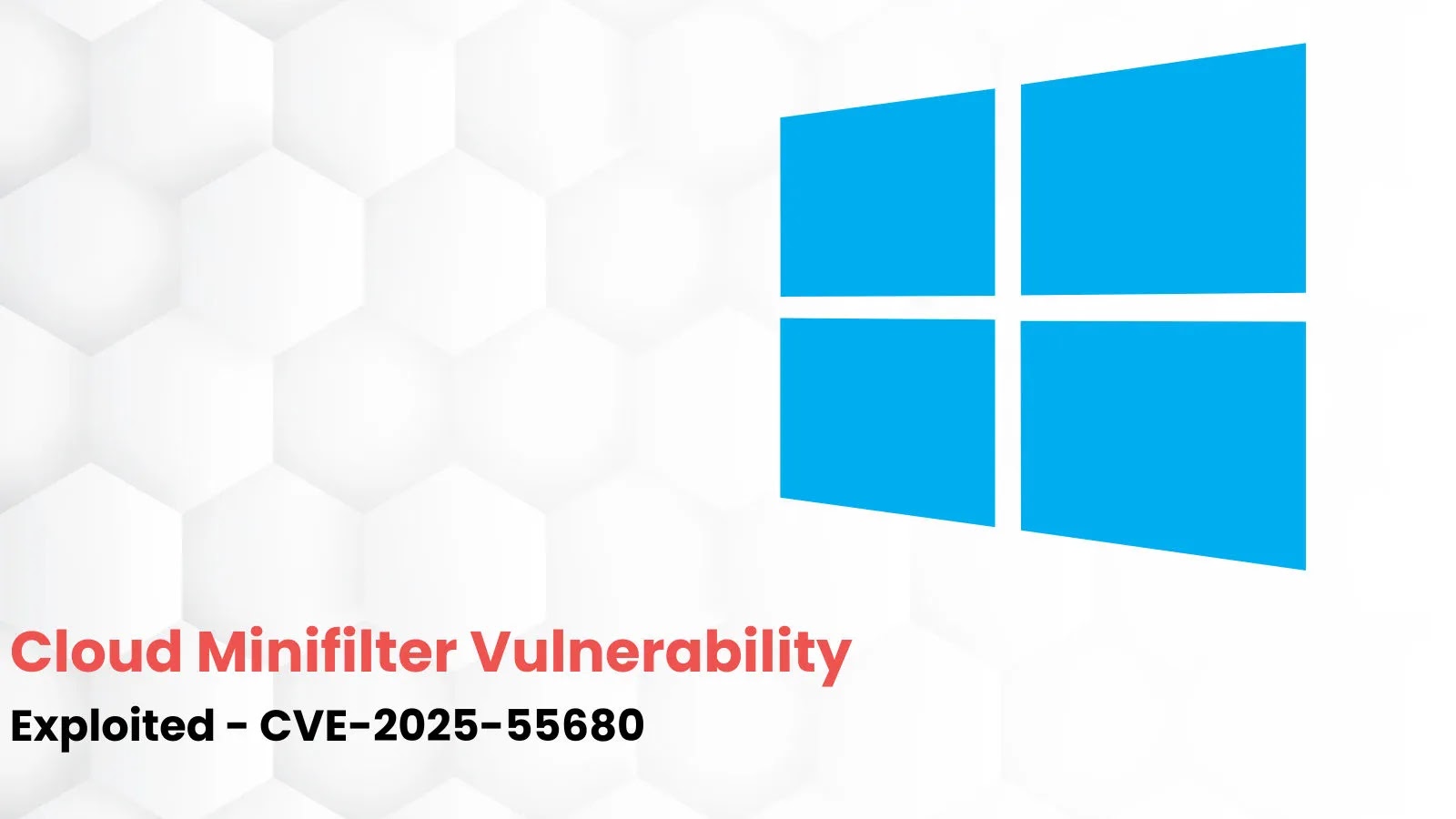Brash Exploit Unveiled: A Critical Threat to Chromium-Based Browsers
A newly discovered vulnerability, dubbed Brash, poses a significant risk to users of Chromium-based browsers, including Google Chrome, Microsoft Edge, Brave, Opera, and Vivaldi. Security researcher Jose Pino has identified this flaw within the Blink rendering engine, which can be exploited to crash affected browsers within seconds, potentially leading to system instability and data loss.
Understanding the Brash Vulnerability
The Brash exploit leverages an architectural weakness in how the Blink engine handles certain Document Object Model (DOM) operations. Specifically, the vulnerability arises from the absence of rate limiting on the `document.title` API. This oversight allows attackers to execute millions of DOM mutations per second, overwhelming the browser’s main thread and causing it to become unresponsive.
Mechanism of the Attack
The exploit unfolds in three distinct phases:
1. Preparation Phase: The attacker preloads memory with 100 unique hexadecimal strings, each 512 characters long. These strings serve as seeds for rapid browser tab title changes, maximizing the impact of the attack.
2. Burst Injection Phase: The attacker initiates bursts of three consecutive `document.title` updates, configured to execute approximately 24 million updates per second. This rapid succession of updates saturates the browser’s main thread.
3. UI Thread Saturation Phase: The continuous stream of updates overwhelms the browser’s main thread, leading to unresponsiveness and necessitating forced termination of the browser process.
Implications for Users
The Brash exploit affects a wide range of browsers built on the Chromium platform, including:
– Google Chrome
– Microsoft Edge
– Brave
– Opera
– Vivaldi
– Arc Browser
– Dia Browser
– OpenAI ChatGPT Atlas
– Perplexity Comet
Notably, browsers such as Mozilla Firefox and Apple Safari, which do not rely on the Blink engine, are immune to this particular exploit. Additionally, all third-party browsers on iOS are unaffected due to their reliance on WebKit.
Potential Consequences
While the Brash exploit does not facilitate remote code execution, it can cause significant disruption. Users may experience browser crashes, system freezes, and potential data loss, especially if unsaved work is present during an attack. The exploit can be triggered by simply visiting a malicious website, making it a potent tool for denial-of-service attacks.
Response from Browser Vendors
As of the latest reports, the vulnerability remains unpatched. Security researcher Jose Pino disclosed the flaw to the Chromium security team on August 28, 2025, and followed up on August 30, 2025, but has not received a response. The lack of immediate action has raised concerns within the cybersecurity community, given the widespread use of Chromium-based browsers.
Mitigation Strategies
Until an official patch is released, users are advised to exercise caution when browsing unfamiliar websites. Implementing the following measures can help mitigate the risk:
– Disable JavaScript: Temporarily disabling JavaScript can prevent the execution of malicious scripts that exploit the Brash vulnerability.
– Use Alternative Browsers: Consider using browsers not based on the Chromium engine, such as Mozilla Firefox or Apple Safari, until a fix is available.
– Stay Informed: Regularly check for updates from browser vendors regarding patches and security advisories related to this vulnerability.
Technical Breakdown of the Exploit
The Brash exploit’s effectiveness lies in its ability to manipulate the `document.title` API without restriction. By executing rapid, consecutive updates to the document title, the exploit saturates the browser’s main thread, leading to unresponsiveness. The attack’s configuration, with bursts of 8,000 updates at 1-millisecond intervals, results in approximately 24 million updates per second, overwhelming the system.
Broader Implications
The discovery of the Brash exploit underscores the importance of rigorous security practices in software development. It highlights the need for rate limiting and resource management within browser engines to prevent similar vulnerabilities. The incident also serves as a reminder for users to remain vigilant and adopt proactive security measures to protect against emerging threats.
Conclusion
The Brash exploit represents a critical vulnerability within Chromium-based browsers, capable of causing significant disruption through simple web interactions. Users are urged to stay informed about developments related to this issue and to implement recommended mitigation strategies until a comprehensive fix is provided by browser vendors.



